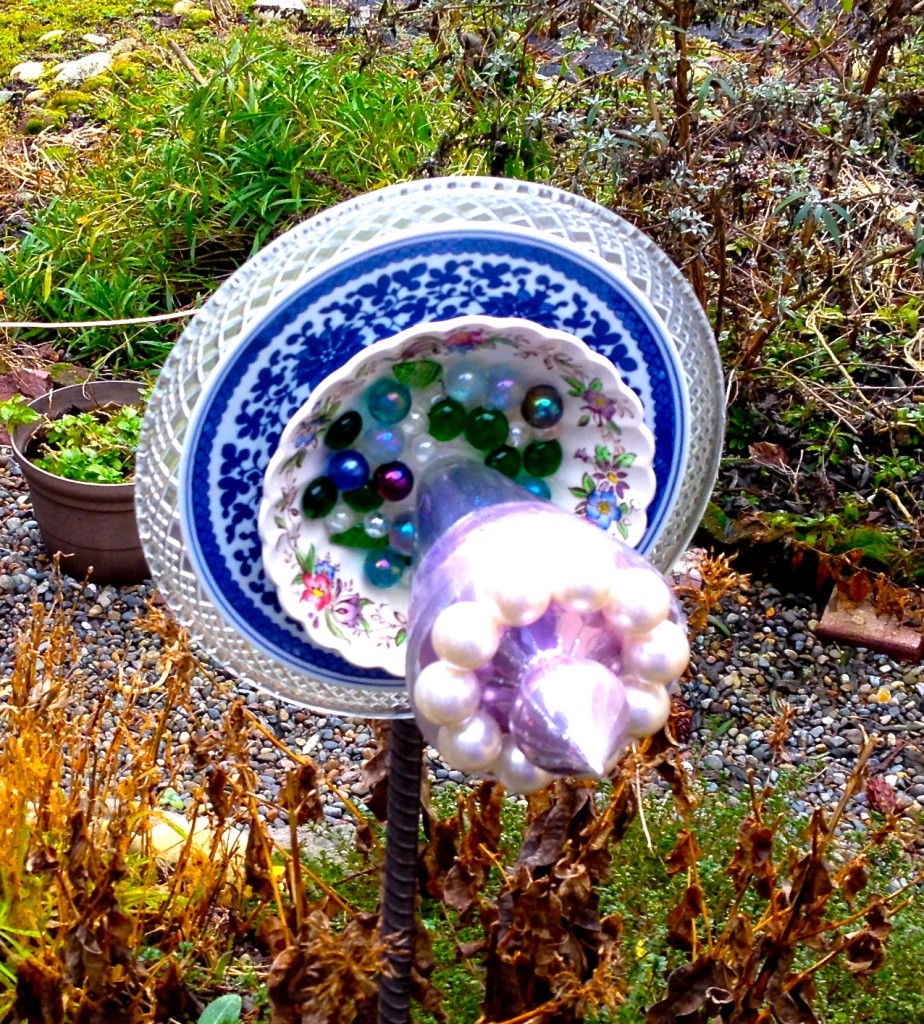
Well, maybe. But I don’t know that the kind of mentor people are envisioning really happens that often. They’re thinking of a wise, kindly figure who will guide their career through writing advice, secure them spots in anthologies and magazines, and make sure they appear on award ballots.
That’s pretty goddamn rare, and sometimes what one is attributing to the influence of a mentor is actually the writer’s hard work and talent for networking. And networking helps a lot — but it can’t substitute for enough skill to write at the professional level, at least in my opinion.
I do have people who have helped me along, and they’ve been great. I don’t think of any of them in this light, though. They’re people I can go to for the occasional sanity check or word of encouragement, sure. But are they out there sedulously working away on my behalf? No. They have their own careers to build, their own projects to promote, their own words to write.
You can’t just wait for a mentor to arrive. Or even just mail someone and say, “I want you to be my mentor.” You need to a) be writing and b) be getting yourself out there through publications, participation in social networks and message boards, and working with other people. One of the most valuable things I did for myself was agreeing to help edit Fantasy Magazine. Beside teaching me a ton, it brought me in contact with a number of people. I even got to hold a manuscript from Tanith Lee in my hands and email her how excited I was to be publishing something from her.
And take classes, for Pete’s sake. That’s one of the best ways to not just improve your craft, but do a little networking on the side. I tell my students to let me know when they publish something so I can spread it on social networks, although that’s a somewhat self-serving act – it helps me publicize my classes when I’m able to point to people getting published and take some smidgen of unwonted credit for it. 😉
Let’s say you do find a writer who’s further along in their career path than you are, and who seems to be amenable to providing you some guidance. What then? Well, be a good mentee and help them help you. Here are my suggestions for doing so.
- Be proactive. Don’t limply wait for a mentor to lift you up. A mentor is not an excuse to stop working on your own behalf. Do shit. Look for opportunities to get your name out there, just as you would without a mentor.
- Be responsive. Answer e-mails. Let them know what you’re up to. Don’t be one of those flakey writers who vanish for months and then reappear with daisies in their hair, acting as though they had never been gone. Don’t let suggestions slide by without acknowledgement.
- Be appreciative. Say thank you or acknowledge their efforts in other ways. They don’t have a quota of people they need to help each month. Every minute spent helping you is being taken from their own store of work time, and for all of us, that’s a valuable commodity.
- Listen. If your mentor suggests something, either do it or tell them why you’re not (and have a good rationale for that). (See also: Be responsive.)
- Be pleasant to work with. Save the cynical or curmudgeonly attitude for elsewhere, and don’t be a sad sack bemoaning your own lack of talent just so you can evoke reassurances. Positivity, cheerfulness, and good humor make for someone who’s pleasant to help – negativity, gloom, and humorlessness make it a discouraging, uphill battle.
- Be a good sport. A mentor has their own life. And they may have other people they’re helping. In fact, if they’re helping you, they probably do. Don’t act like a jealous sibling if they’re paying attention to someone else.
- Be a good citizen. It’s never too early to start paying it forward, to helping other new writers publicize their work. Volunteer to read slush or help staff tables at a convention. One of the best ways to promote yourself is by promoting other people, even though that may seem paradoxical.
Enjoy this advice on writing mentors and want more content like it? Check out the classes Cat gives via the Rambo Academy for Wayward Writers, which offers both on-demand and live online writing classes for fantasy and science fiction writers from Cat and other authors, including Ann Leckie, Seanan McGuire, Fran Wilde and other talents! All classes include three free slots.
Prefer to opt for weekly interaction, advice, opportunities to ask questions, and access to the Chez Rambo Discord community and critique group? Check out Cat’s Patreon. Or sample her writing here.









